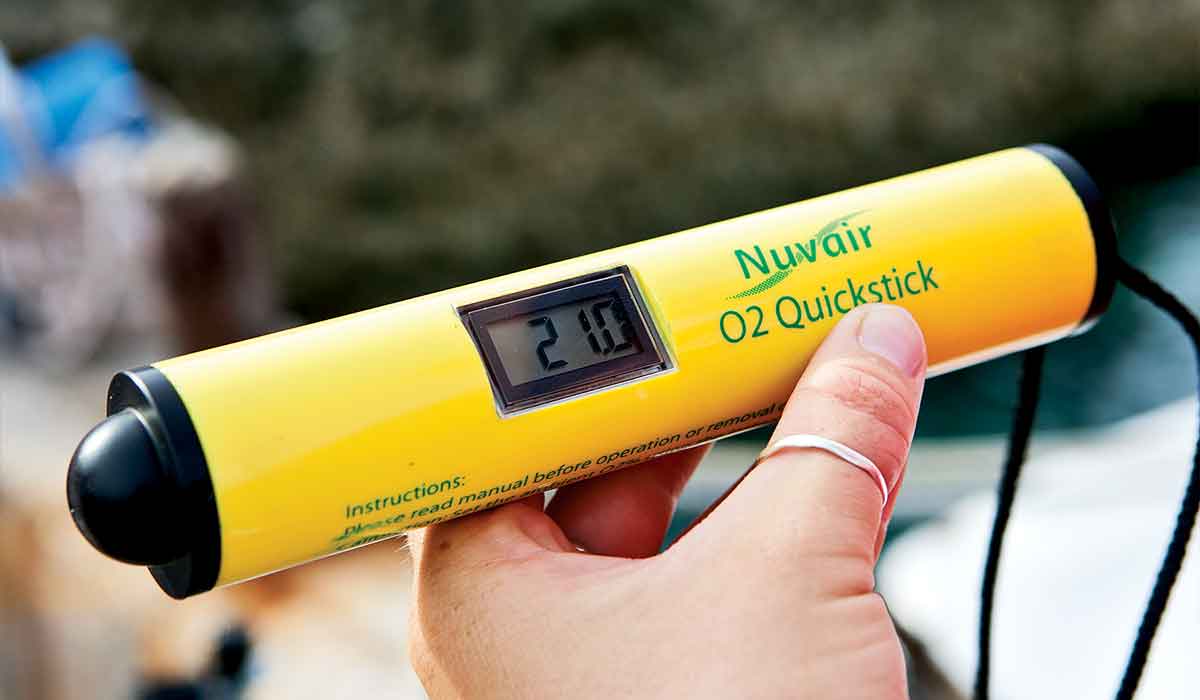Belzelbub
Contributor
Technically correct. The mitigation of risks is up to the diver.This a recreational scuba site, diving is supposed to be fun. There are risks and you must decide how to mitigate them. Do what works for you, but accept the consequences. Provided you pay attention to the MOD of the Nitrox blend and you are using 32 or less you will have a very hard time raising your O2 sat to anything approaching dangerous.
If you are diving an old computer with no means to adjust conservatism, then you have less mitigation paths open to you for adding a safety buffer. In that case, diving Nitrox while set to air might make sense. Another option is to move the minimum NDL up from 5 to 10 minutes, or 10 to 15 minutes, etc.
However, if you have a newer computer, chances are you have more options available to you. The manufacturer of the computer (at least a recent model) included the ability to adjust the gas mix. They included that presumably because they intend for the diver to set the computer to the gas they are using. This computer manufacturer also included some sort of adjustment to conservatism factors. They included these as well so that the diver can choose the level of conservatism.
I don't understand the reluctance to use the correct gas mix. If someone has invested in the time and money to get an EAN cert, then presumably they want to dive with EAN. If they also have a computer that allows for adjusting the gas mix and conservatism settings, then why not use them?





